

Low-cost fodder system for livestock
"Cut-and-Carry Fodder Systems" technology is a method of feeding confined livestock where fresh feed, typically grass, is harvested and directly provided to animals, a practice often termed as zero-grazing. This system entails the collection and direct delivery of feed to the animals rather than allowing them to graze freely on rangelands. It requires appropriate animal housing equipped with feed and water troughs, and a continuous supply of fresh vegetation, usually sourced from various grasses or crop residues. The technology involves labor-intensive daily harvesting of fresh vegetation, which is then distributed to the contained livestock. It's applicable for various livestock, including dairy cattle, goats, and sheep raised for milk and meat production. This approach requires specific infrastructure, such as feed and water troughs designed to be durable, stable, and resistant to trampling. The Cut-and-Carry method requires the use of manual or power equipment for cutting and transporting vegetation. Essentially, the Cut-and-Carry Fodder System revolves around the daily collection and direct provision of fresh vegetation to confined livestock, playing a vital role in livestock feeding strategies, particularly in regions where feed resources are limited or where efficient feed management is essential.
This technology is TAAT1 validated.
Feed and water troughs for 20 to 50 animals
Suitable shed per m2
Open source / open access
The utilization of Cut-and-Carry Fodder Systems technology optimizes feeding practices for confined livestock, resulting in reduced feed wastage and improved management. Additionally, it addresses concerns related to overgrazing and soil degradation.
To adopt this technology, consider the following steps:
Cost Structure for Implementing Fodder System Technology:
Profitability Considerations:
Adults 18 and over: Positive high
The poor: Positive medium
Under 18: Positive low
Women: Positive medium
Climate adaptability: Highly adaptable
Farmer climate change readiness: Significant improvement
Biodiversity: No impact on biodiversity
Carbon footprint: A bit less carbon released
Environmental health: Greatly improves environmental health
Soil quality: Does not affect soil health and fertility
Scaling Readiness describes how complete a technology’s development is and its ability to be scaled. It produces a score that measures a technology’s readiness along two axes: the level of maturity of the idea itself, and the level to which the technology has been used so far.
Each axis goes from 0 to 9 where 9 is the “ready-to-scale” status. For each technology profile in the e-catalogs we have documented the scaling readiness status from evidence given by the technology providers. The e-catalogs only showcase technologies for which the scaling readiness score is at least 8 for maturity of the idea and 7 for the level of use.
The graph below represents visually the scaling readiness status for this technology, you can see the label of each level by hovering your mouse cursor on the number.
Read more about scaling readiness ›
Semi-controlled environment: prototype
Common use by projects NOT connected to technology provider
| Maturity of the idea | Level of use | |||||||||
| 9 | ||||||||||
| 8 | ||||||||||
| 7 | ||||||||||
| 6 | ||||||||||
| 5 | ||||||||||
| 4 | ||||||||||
| 3 | ||||||||||
| 2 | ||||||||||
| 1 | ||||||||||
| 1 | 2 | 3 | 4 | 5 | 6 | 7 | 8 | 9 | ||
| Country | Testing ongoing | Tested | Adopted |
|---|---|---|---|
| Burkina Faso | –No ongoing testing | Tested | Adopted |
| Cameroon | –No ongoing testing | Tested | Adopted |
| Ethiopia | –No ongoing testing | Tested | Adopted |
| Kenya | –No ongoing testing | Tested | Adopted |
| Mali | –No ongoing testing | Tested | Adopted |
| Niger | –No ongoing testing | Tested | Adopted |
| Nigeria | –No ongoing testing | Tested | Adopted |
| Senegal | –No ongoing testing | Tested | Adopted |
| South Sudan | –No ongoing testing | Tested | Adopted |
| Tanzania | –No ongoing testing | Tested | Adopted |
| Uganda | –No ongoing testing | Tested | Adopted |
| Zimbabwe | –No ongoing testing | Tested | Adopted |
This technology can be used in the colored agro-ecological zones. Any zones shown in white are not suitable for this technology.

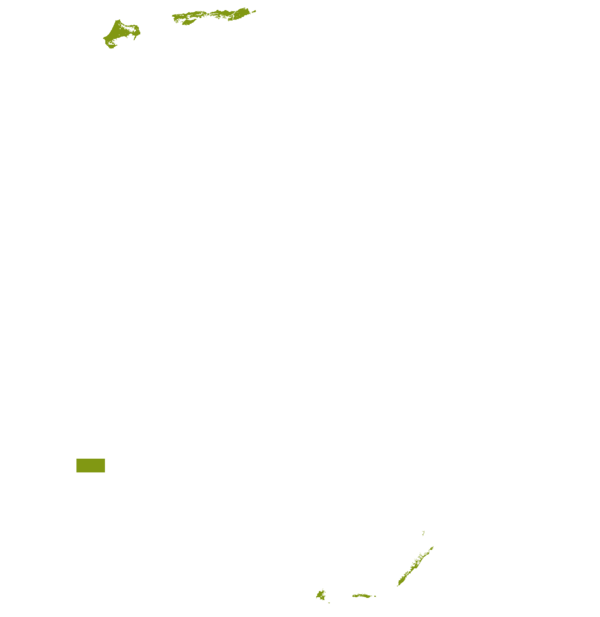







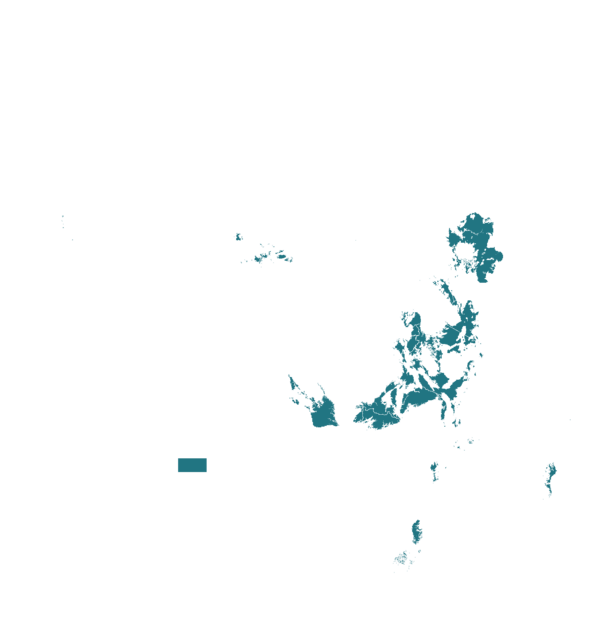

| AEZ | Subtropic - warm | Subtropic - cool | Tropic - warm | Tropic - cool |
|---|---|---|---|---|
| Arid | – | – | – | – |
| Semiarid | – | – | ||
| Subhumid | ||||
| Humid |
Source: HarvestChoice/IFPRI 2009
The United Nations Sustainable Development Goals that are applicable to this technology.
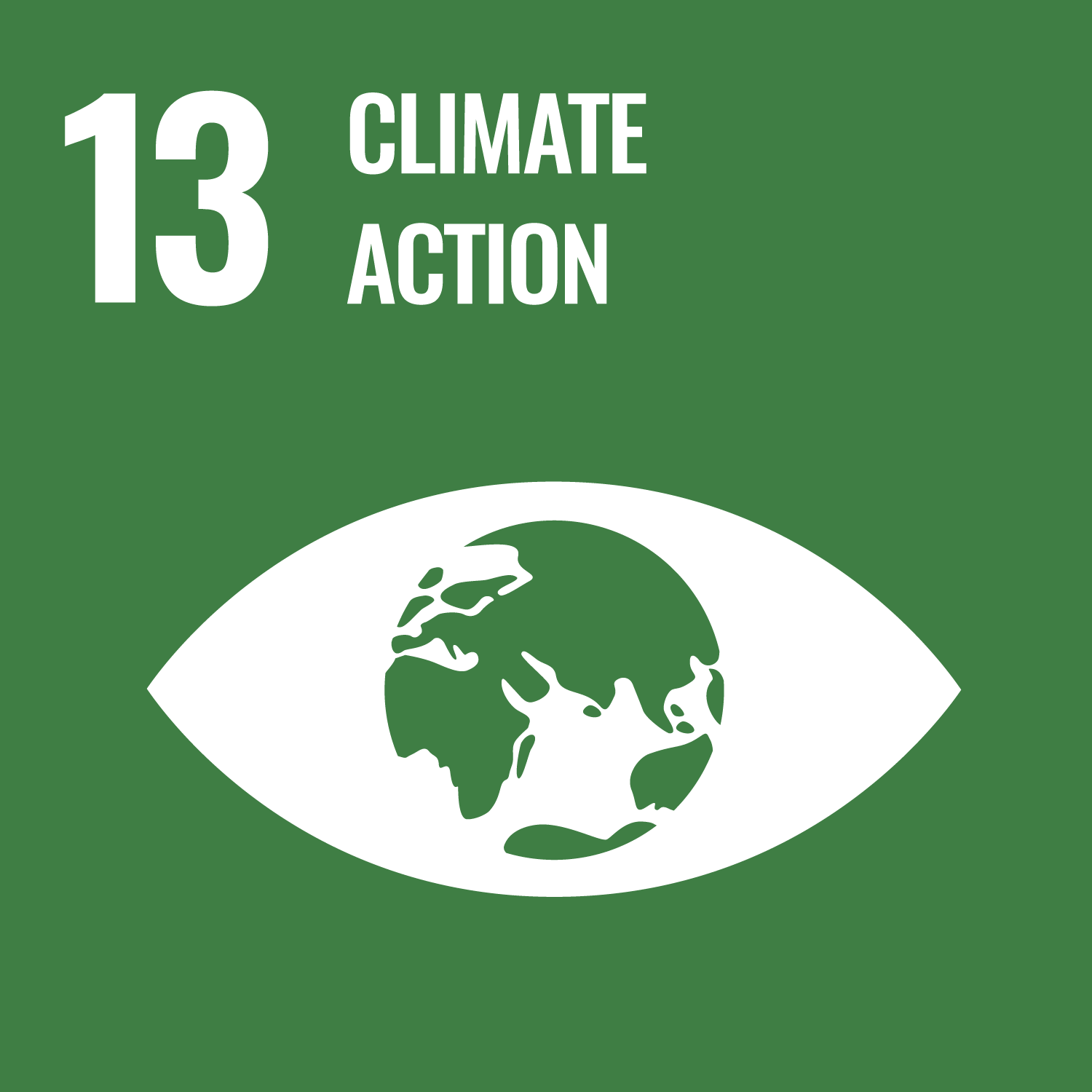
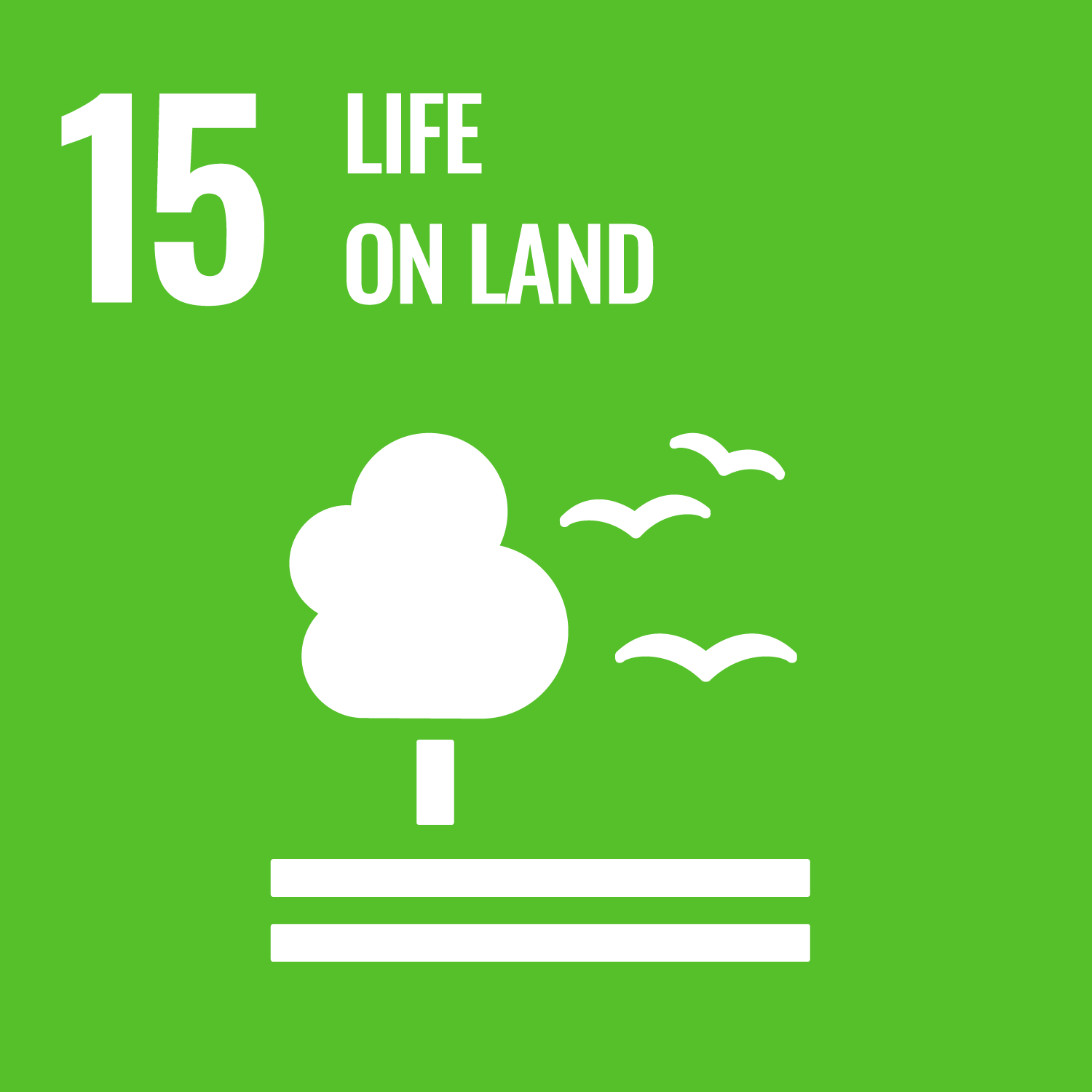

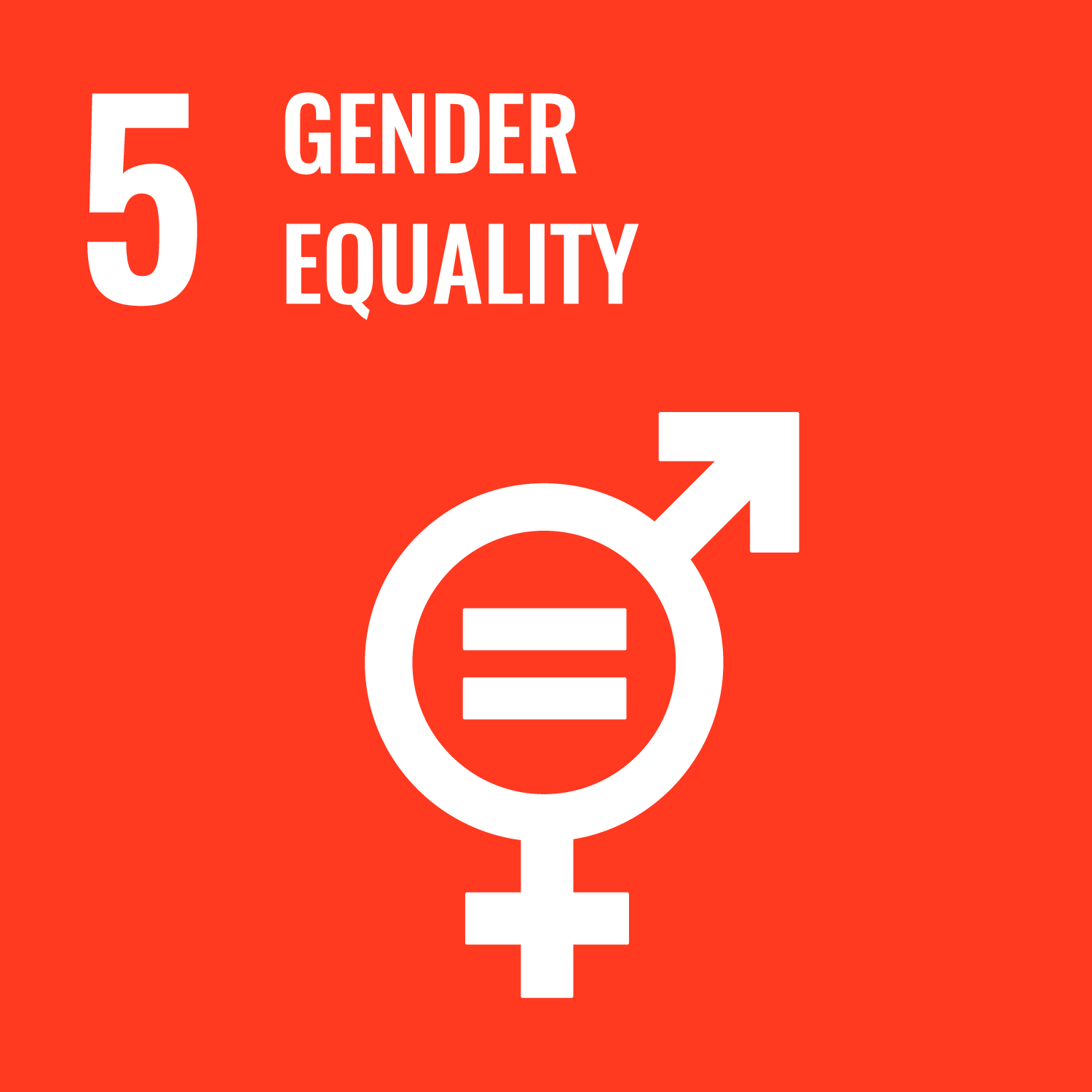
Last updated on 7 November 2025